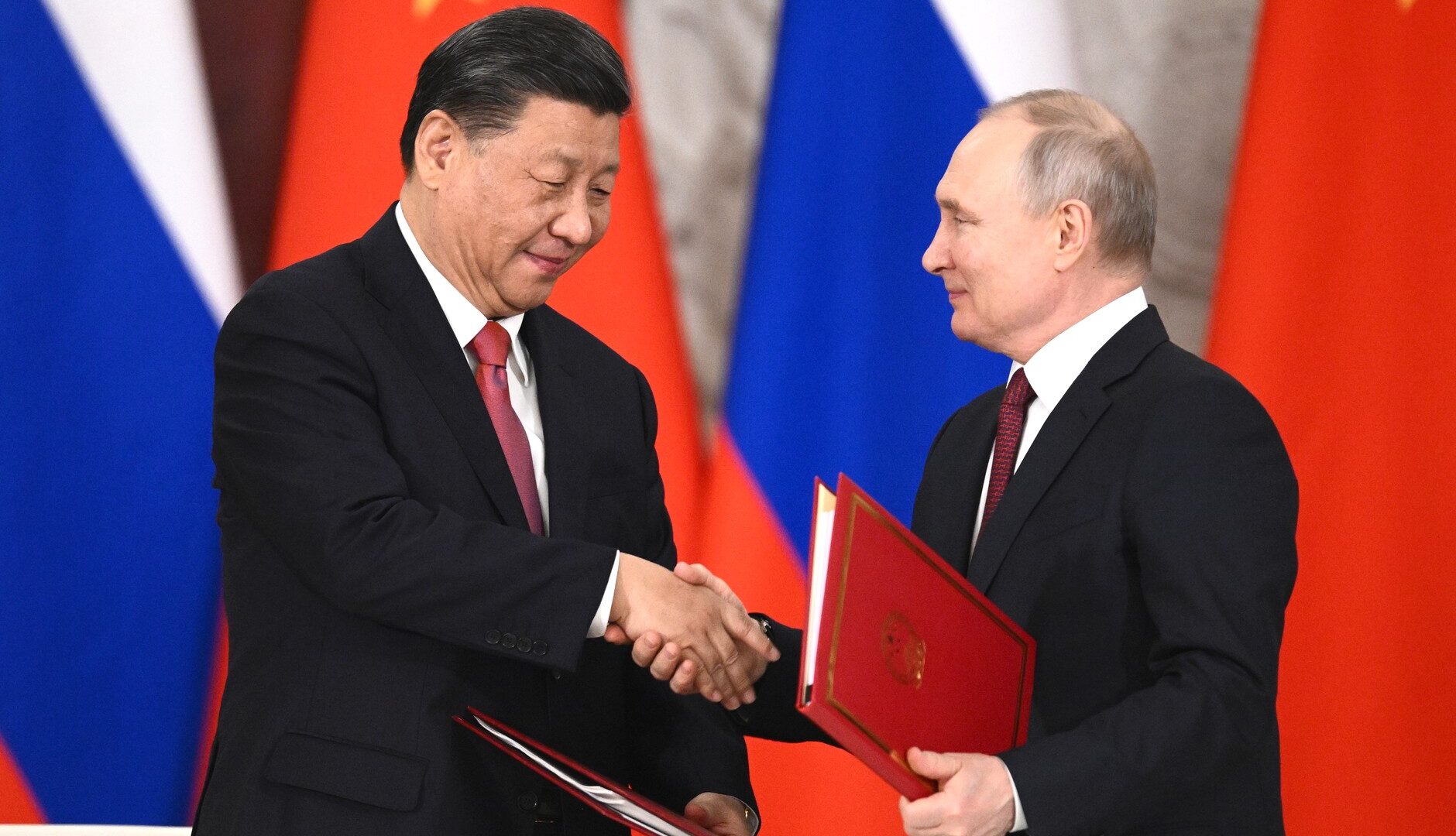Read the full essay here.
In recent years, significant academic attention has been devoted to the phenomenon of democratic backsliding, understood as a creeping assault on the rule of law and the fairness of elections, combined with efforts to capture the judicial system and state agencies to subjugate them to the executive power. At the same time, however, there has been a parallel political development affecting hybrid and authoritarian regimes that has been more consequential yet largely neglected. Identified in this essay as dictatorial drift, this process implies the transition from “soft” forms of authoritarian rule to hardcore authoritarian policies, characterized by the emergence of unconstrained leaders with dictatorial ambitions; an extreme concentration of executive power; the marginalization of parliaments and the elimination of political opposition; the end of competitive elections; a takeover or destruction of the judiciary, independent media, and autonomous civil society organizations; and worsening political repressions. This essay documents such drift as a global phenomenon and probes its causes and consequences. The essay notes the exhaustion of mechanisms that constrained shifts towards dictatorship in the past and highlights how autocratic hegemonies today drive regime change in much the same way as Western liberal democracies once did in the early post–Cold War era.
Image Credit: Presidential Executive Office of Russia

